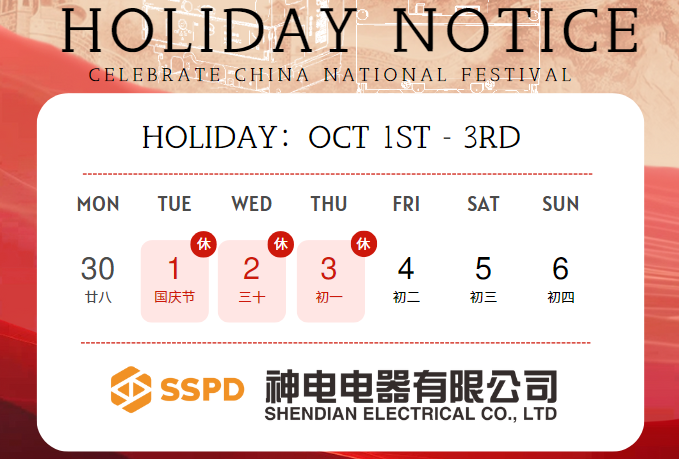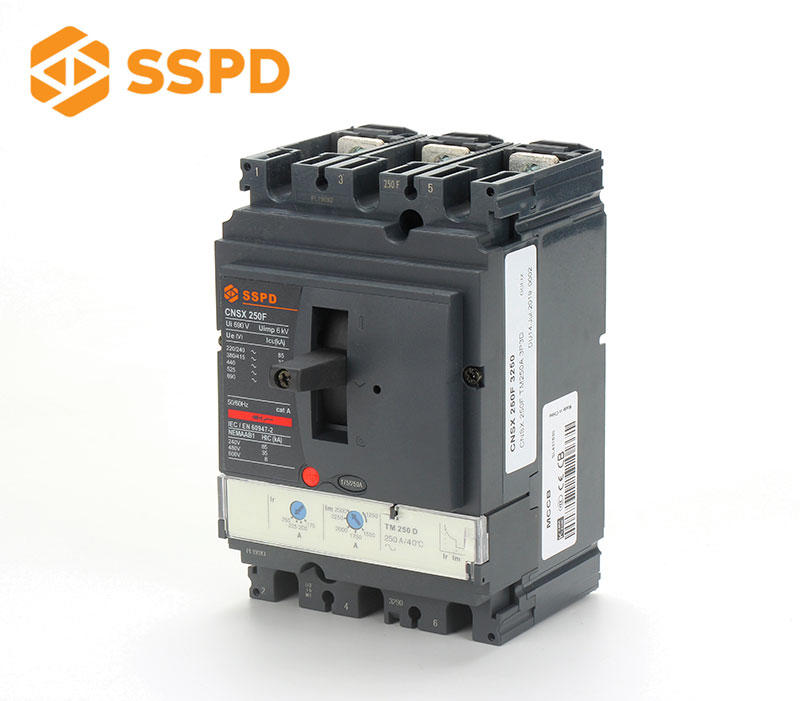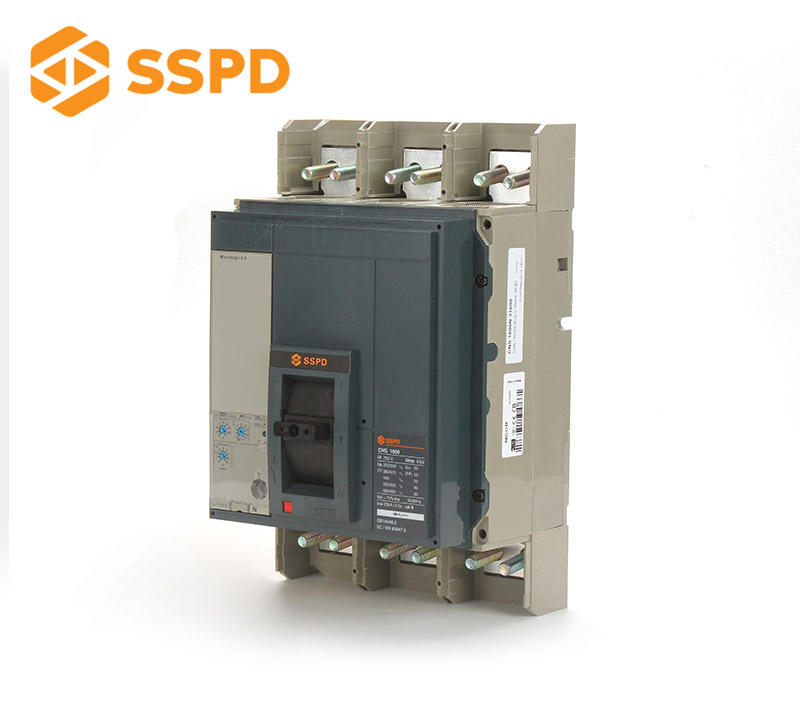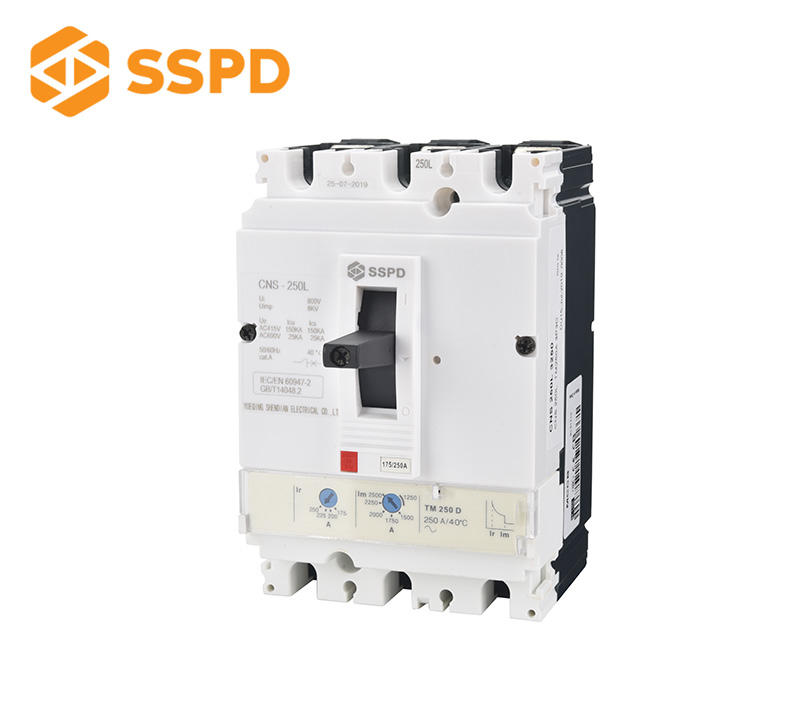Selection principle of AC contactor
The contactor is a device for switching on and off the load power supply. The selection of the contactor should be carried out in accordance with the requirements of the controlled equipment. Except for the rated working voltage and the rated working voltage of the controlled equipment, the load power, use category and control of the controlled equipment Method, operating frequency, working life, installation method, installation size and economy are the basis for selection.

Selection principle of AC contactor
1) The voltage level of the AC contactor should be the same as the load, and the type of contactor selected should be compatible with the load.
2) The calculated current of the load must conform to the capacity level of the contactor, that is, the calculated current is less than or equal to the rated working current of the contactor.
The making current of the contactor is greater than the starting current of the load, and the breaking current is greater than the current required to break when the load is running. The calculated current of the load should consider the actual working environment and working conditions. For loads with a long starting time, the half-hour peak current cannot exceed the agreed heating Current.
3) According to short-term dynamic and thermal stability verification. The three-phase short-circuit current of the line should not exceed the dynamic and thermal stable current allowed by the contactor. When the contactor is used to disconnect the short-circuit current, the breaking capacity of the contactor should also be verified.
4) The rated voltage and current of the contactor's attracting coil and the number and current capacity of auxiliary contacts should meet the wiring requirements of the control circuit.
It is necessary to consider the length of the line connected to the contactor control circuit. Generally, the recommended operating voltage is that the contactor should be able to work at 85-110% of the rated voltage.
If the line is too long, because the voltage drop is too large, the contactor coil may not be able to respond to the closing command; because the line capacitance is too large, it may not be effective for the trip command.

5) Check the allowable operating frequency of the contactor according to the number of operations. If the operating frequency exceeds the specified value, the rated current should be doubled.
6) The parameters of the short-circuit protection components should be selected in conjunction with the parameters of the contactor. Please refer to the sample manual when selecting. The sample manual generally gives the matching table of contactor and fuse.
The coordination of the contactor and the air circuit breaker should be determined according to the overload coefficient and short-circuit protection current coefficient of the air circuit breaker.
The agreed heating current of the contactor should be less than the overload current of the air circuit breaker, and the making and breaking current of the contactor should be less than the short-circuit protection current of the circuit breaker, so that the circuit breaker can protect the contactor.
In practice, the ratio of thermal current to rated operating current of contactors is between 1 and 1.38 under a voltage level. However, circuit breakers have many inverse time overload coefficient parameters, and different types of circuit breakers are not the same, so it is difficult to cooperate between the two. There is a standard that cannot form a coordination table and needs actual accounting.
7) The installation distance between the contactor and other components must comply with the relevant national standards and specifications, and the maintenance and wiring distance must be considered.


.png)

.jpg)




